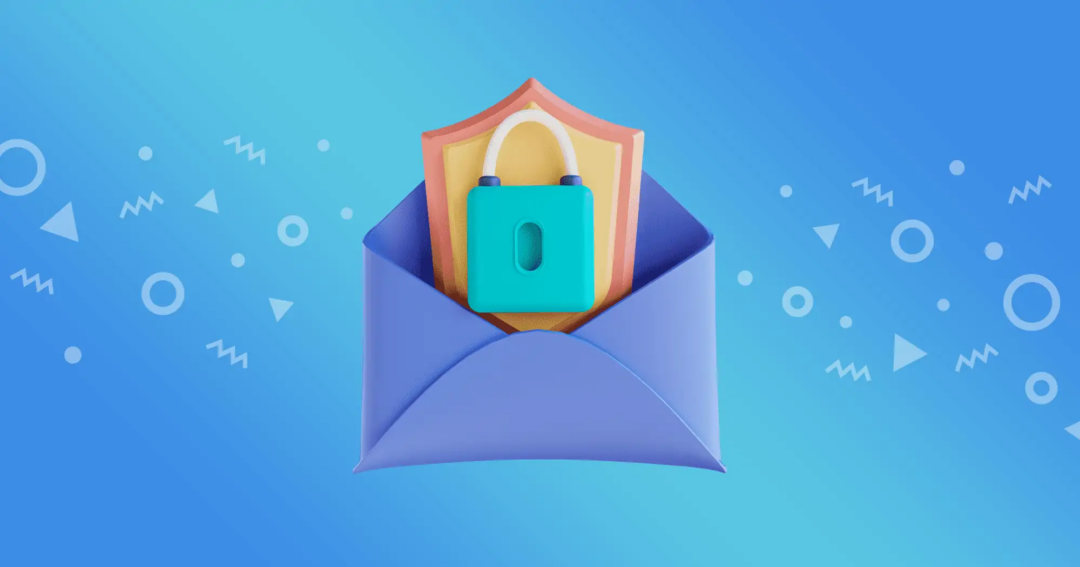Ask anyone what’s the most popular communication channel, and they’ll most likely say: “email,” and they wouldn’t be wrong. Emails have become an integral part of our personal and professional lives. Can you even imagine how much data flows there daily?
Unfortunately, all the hackers and scammers of the world understand this too, which is why emails remain the most common target for phishing and identity theft, among other threats.
Think about it – when emailing our customers, we expose their names, contact info, and sometimes even payment details. The safety of that data has to be a priority for all businesses.
This rising need for secure email messaging has been around for quite some time now.
Luckily, technology rarely stays behind, which is why now we can encrypt our emails. Now, you may be wondering, well, how does email encryption work?
What is email encryption?
Encryption for email is a robust, extra layer of security that will give you peace of mind knowing your emails are being delivered to and read by the intended recipients exclusively.
In plain terms, email encryption software jumbles up our email message into a weird, gibberish, and most definitely unreadable piece of text.
Encryption in email is important for several reasons. The greatest reason is it prevents emails with sensitive private or proprietary information from falling into the wrong hands, which could have both financial and safety implications. In some instances, encryption is required for compliance with certain governing bodies (e.g., HIPAA for private health data).
It’s up to the individual or business to decide which type of encryption works best for them, depending on their specific activities and needs:
- TLS (Transport Layer Security) is the number one cryptographic encryption format and remains a quality standard for the world wide web. TLS focuses on establishing a secure email passage from one user to another, and once it reaches the recipient’s server – the TLS’s job is done – it will not act as a safety hub for your emails.
- Next in line is end-to-end email encryption, which takes security a step further. Even if the message gets lost or intercepted along the way, it would be virtually impossible to decode without a special digital key that only the real recipient has. By the way, end-to-end perfectly works with file encryption for email attachments, including docs, pdfs, and other formats.
- S/MIME, or Secure/Multipurpose Internet Mail Extension, refers to a certificate for email encryption used to sign an email, ensuring the recipient that the message comes from a trusted source and that it was not in any way compromised in transit.
Encryption and email deliverability
If we’re talking about email marketing, things may get a little trickier. With most email users at a record-high reluctance to open marketing emails, what does that mean for deliverability and open rates?
With limited research, the most reasonable conclusion would probably be that email encryption does not boost deliverability by much, but it also does not compromise it when implemented correctly.
It’s up to each organization how to use email encryption to its advantage. End-to-end and S/MIME offer greater security at the cost of deliverability, while TLS keeps deliverability healthy at the expense of top-notch privacy.
Only 8.5% of email accounts are not configured to support TLS, and even then, the majority of them will still let your email through – no bounces, no harming your deliverability rate. This means cold outreach campaigns work perfectly with TLS.
If you’re a multi-million hedgefund sending a confidential email, I think there’s no debate regarding what’s more important – security.
In fact, encryption of emails should theoretically bump up the deliverability since email providers and recipients will see they come from a legitimate person/business. It can become a slow but organic way to increase or, at least, maintain your email deliverability.
We’ve reached the stage where there are hundreds of encryption providers to choose from.





